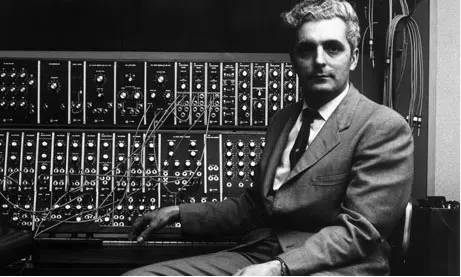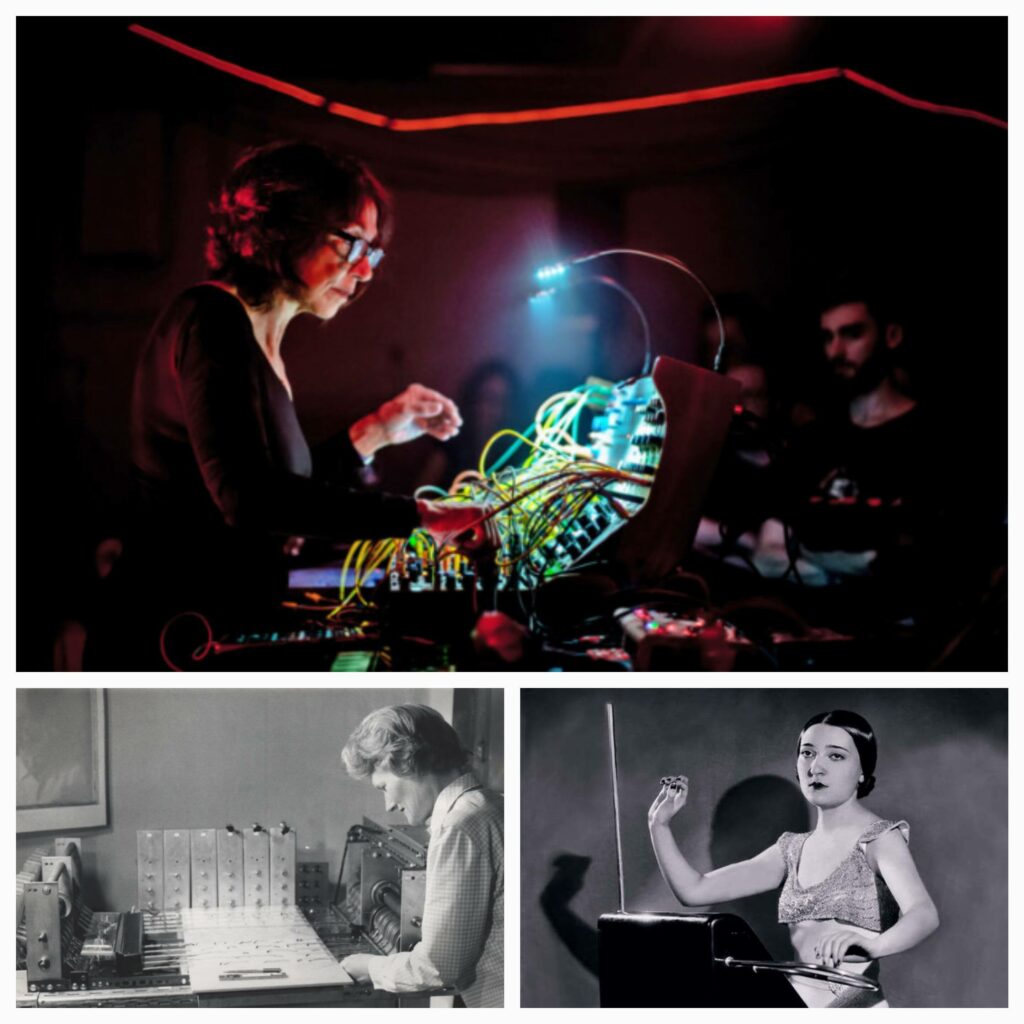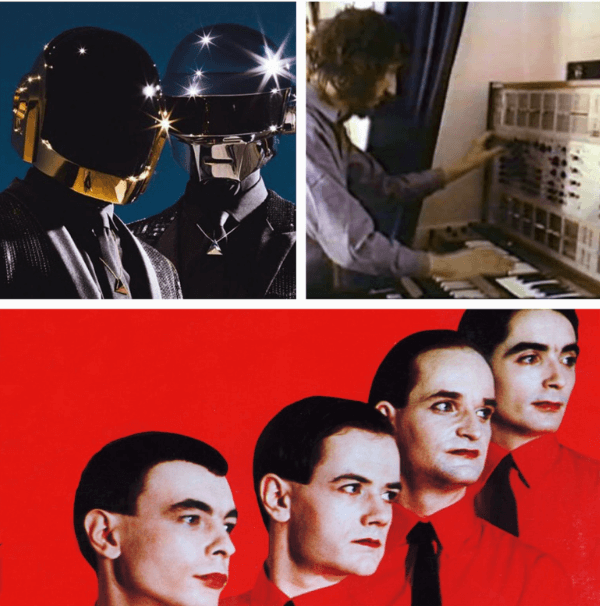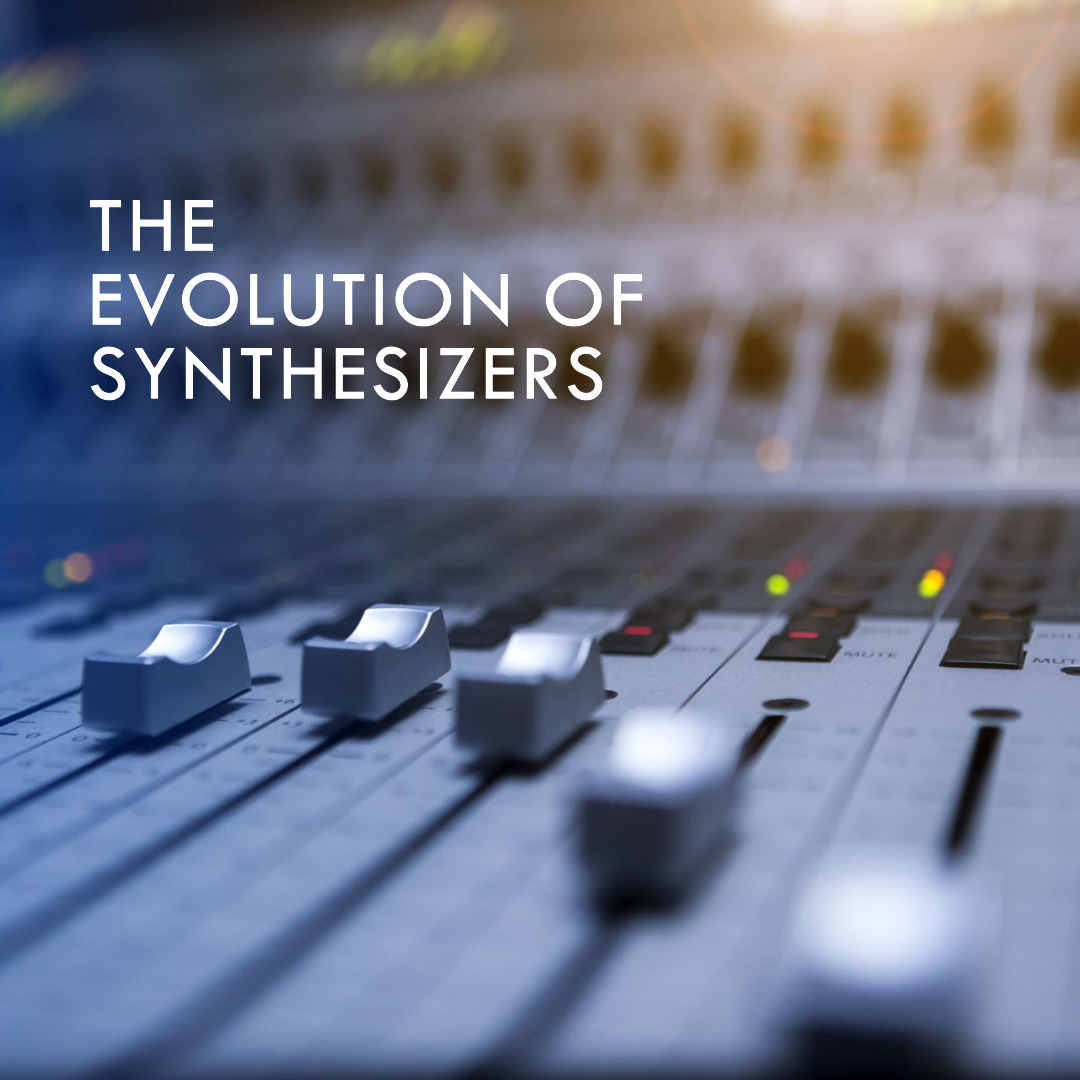In the vast landscape of music creation, few instruments have played a more transformative role than synthesizers. These electronic marvels, producing the signature blips and bloops that have defined entire genres, have a rich history. To embark on this sonic journey, we’ll unravel the tapestry of synthesizers, exploring their origins, the visionaries who shaped their evolution, and the iconic instruments that have left an indelible mark on the music industry.
The Pioneering Era:
The genesis of synthesizers can be traced back to 1913, when Alexander Meissner birthed the oscillator, a fundamental building block of electronic sound. Harald Bode, in the late 1950s, developed the first modular synthesizer, setting the stage for the colossal RCA Sound Synthesizer in 1955.
This machine, a behemoth of its time, provided a canvas for future pioneers to paint the limitless possibilities of electronic music.
The Maestro: Robert Moog
No discussion on synthesizers is complete without paying homage to Robert Moog, the father of the modern synthesizer. In 1964, Moog introduced the iconic Moog Modular, a groundbreaking instrument that catapulted synthesizers into the mainstream.
The subsequent release of the Minimoog in 1970 made these sonic wonders more portable and accessible. Earning Moog a Technical Grammy Award in 2002. While pursuing a doctorate in engineering physics at Cornell University. Moog had been designing and selling theremins for several years by 1963.

With the help of recommendations and requests from composers. Robert Moog created his synthesizer in answer to the need for more accessible and affordable electronic music equipment. The Moog voltage-controlled oscillator enables voltage modulation of the pitch.
He also introduced essential synthesizer ideas, including modularity, envelope generation, and the pitch wheel. He is recognized for popularizing synthesizers and influencing the evolution of music.
Women Shaping Sonic Landscapes
In a predominantly male-dominated field, women have played pivotal roles in shaping the world of synthesizers. Suzanne Ciani, a trailblazing composer, demonstrated the versatility of synthesizers in the 1970s. Her innovative compositions, coupled with her work in sound design for films and television. Positioned her as a pioneer in electronic music.
Daphne Oram, a British electronic musician, co-founded the BBC Radiophonic Workshop and pioneered musique concrète. Her Oramics Studios introduced a novel approach to music production, using visuals drawn onto film material to produce sound.
Clara Rockmore, a virtuoso of the Theremin. Showcased the expressive potential of electronic instruments, proving that synthesizers could be as emotive as traditional instruments.

Synthesizers in Popular Music:
In the realm of popular music, luminaries like Thomas Bangalter (Daft Punk) helped develop the greatest hits of daft punk like Harder Better Faster Stronger, Around the World, instant crush, etc. Daft Punk also brought the Korg MS-20 to the masses, featuring a growly filter commonly associated with their sound.
Pete Townshend (The Who) famously plugged his guitar into the envelope follower port of the ARP-2600 to create the synth sounds of the band’s most famous song, “Who Are You?” and also utilized the marimba repeat function of a Lowrey organ on “Baba O’ Riley”
Ralf Hütter and Florian Schneider (Kraftwerk) incorporated synthesizers into their sonic palette and are considered to be the progenitors of electronic dance music. Their minimalistic yet massive soundscapes, forever shaped the landscape of modern music.
This, paired with their classical background, enabled them to create one-of-a-kind electronic music by combining classical composition techniques with emerging synth technology.

Iconic Instruments and Evolution:
Synthesizers have a rich lineage of iconic instruments that have become staples in the music industry. The ARP-2600, with its distinctive sound and versatility, and the Minimoog, a trailblazer in portable synthesis, altered the dynamic of rock bands. Keyboardists can now perform synthesized bass lines or solos reminiscent of lead guitarists.
Yes, keyboardist Rick Wakeman had said: “For the first time, you could go on [stage] and give the guitarist a run for his money… A guitarist would say, ‘Oh shoot, he’s got a Minimoog,’ so they’re looking for eleven on their volume control—it’s the only way they can compete.” Wakeman said the instrument “absolutely changed the face of music.”. The Fairlight CMI brought revolutionary sampling capabilities. The Yamaha DX-7 defined the sound of the 1980s with it’s FM (frequency modulation) synth engine.
Modern behemoths like the Arturia PolyBrute, ASM Hydrasynth Deluxe, and Novation Summit continue to push the boundaries of sound manipulation. Offering advanced features to sound designers and musicians alike. Innovations like vector phase-shaping synthesis add complexity and depth to the synthesizer world, promising even more exciting possibilities in the future.
The Sonic Odyssey Continues
As synthesizers continue to evolve, so does the artistry of those who wield them. The world of synthesizers is a captivating universe of sonic exploration, where blips and bloops morph into emotive melodies and textured soundscapes.
From the oscillator’s humble beginnings to the groundbreaking inventions of modular synthesizers and the contributions of pioneering individuals, synthesizers have revolutionized music in unimaginable ways.
As we celebrate the iconic instruments of the past and embrace present innovation. We await the next chapter in the ever-evolving saga of synthesizers and the musicians who harness their power. So, let us embark on this sonic journey together, where the only limits are the bounds of our imagination. In the land of blips and bloops, a symphony of endless possibilities awaits.
For more readings like this, click/tap here











